
Jane Eyre is a novel by the English writer Charlotte Brontë. It was published under her pen name "Currer Bell" on 19 October 1847 by Smith, Elder & Co. of London. The first American edition was published the following year by Harper & Brothers of New York. Jane Eyre is a bildungsroman that follows the experiences of its eponymous heroine, including her growth to adulthood and her love for Mr Rochester, the brooding master of Thornfield Hall.
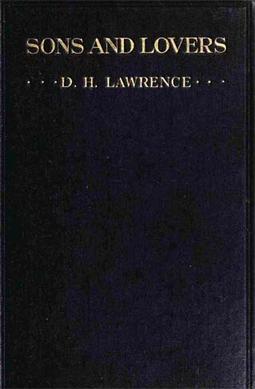
Sons and Lovers is a 1913 novel by the English writer D. H. Lawrence. It traces emotional conflicts through the protagonist, Paul Morel, and his suffocating relationships with a demanding mother and two very different lovers, which exert complex influences on the development of his manhood. The novel was originally published by Gerald Duckworth and Company Ltd., London, and Mitchell Kennerley Publishers, New York. While the novel initially received a lukewarm critical reception, along with allegations of obscenity, it is today regarded as a masterpiece by many critics and is often regarded as Lawrence's finest achievement. It tells us more about Lawrence's life and his phases, as his first was when he lost his mother in 1910 to whom he was particularly attached. And it was from then that he met Frieda Richthofen, and around this time that he began conceiving his two other great novels, The Rainbow and Women in Love, which had more sexual emphasis and maturity.

Light in August is a 1932 novel by American author William Faulkner. It belongs to the Southern gothic and modernist literary genres.

A governess is a woman employed as a private tutor, who teaches and trains a child or children in their home. A governess often lives in the same residence as the children she is teaching. In contrast to a nanny, the primary role of a governess is teaching, rather than meeting the physical needs of children; hence a governess is usually in charge of school-aged children, rather than babies.

Gwendolyn Elizabeth Brooks was an American poet, author, and teacher. Her work often dealt with the personal celebrations and struggles of ordinary people in her community. She won the Pulitzer Prize for Poetry on May 1, 1950, for Annie Allen, making her the first African American to receive a Pulitzer Prize.

Lance Gerard Woolaver is a Canadian author, poet, playwright, lyricist, and director. His best-known works include books, film and biographical plays about Canadian folk artist Maud Lewis, including Maud Lewis The Heart on the Door, and Maud Lewis - World Without Shadows. His plays include one about international singer Portia White, who was born in Nova Scotia: Portia White - First You Dream.

Incidents in the Life of a Slave Girl, written by herself is an autobiography by Harriet Jacobs, a mother and fugitive slave, published in 1861 by L. Maria Child, who edited the book for its author. Jacobs used the pseudonym Linda Brent. The book documents Jacobs' life as a slave and how she gained freedom for herself and for her children. Jacobs contributed to the genre of slave narrative by using the techniques of sentimental novels "to address race and gender issues." She explores the struggles and sexual abuse that female slaves faced as well as their efforts to practice motherhood and protect their children when their children might be sold away.

The Dreamer of Oz: The L. Frank Baum Story is a 1990 American made-for-television biographical film starring John Ritter as Lyman Frank Baum, the author who wrote the 1900 novel The Wonderful Wizard of Oz and thirteen other Oz books. Also starring in it were Annette O'Toole as Baum's supportive wife, Maud, and Rue McClanahan as Baum's tough mother-in-law, Matilda Gage.
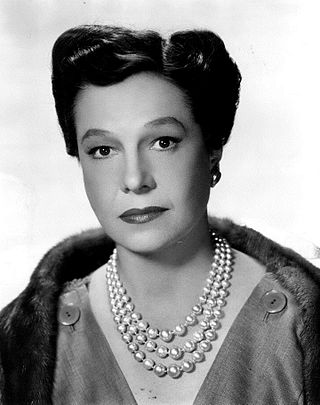
Cornelia Otis Skinner was an American writer and actress.

Dorothy West was an American novelist, short-story writer, and magazine editor associated with the Harlem Renaissance, a cultural movement in the 1920s and 1930s that celebrated black art, literature, and music. She was one of the few Black women writers to be published in major literary magazines in the 1930s and 1940s.

The Last Time I Saw Paris is a 1954 American Technicolor film made by Metro-Goldwyn-Mayer. It is loosely based on F. Scott Fitzgerald's short story "Babylon Revisited." It was directed by Richard Brooks, produced by Jack Cummings and filmed on locations in Paris and the MGM backlot. The screenplay was by Julius J. Epstein, Philip G. Epstein and Richard Brooks.

Maria: or, The Wrongs of Woman is Mary Wollstonecraft's unfinished novelistic sequel to her revolutionary political treatise A Vindication of the Rights of Woman (1792). The Wrongs of Woman was published posthumously in 1798 by her husband, William Godwin, and is often considered her most radical feminist work.

The Blacker the Berry: A Novel of Negro Life (1929) is a novel by American author Wallace Thurman, associated with the Harlem Renaissance. The novel tells the story of Emma Lou Morgan, a young black woman with dark skin. It begins in Boise, Idaho and follows Emma Lou in her journey to college at USC and a move to Harlem, New York City for work. Set during the Harlem Renaissance, the novel explores Emma Lou's experiences with colorism, discrimination by lighter-skinned African Americans due to her dark skin. She learns to come to terms with her skin color in order to find satisfaction in her life.

Fifth Avenue Girl, sometimes stylized as 5th Ave Girl, is a 1939 RKO Radio Pictures comedy film directed by Gregory La Cava and starring Ginger Rogers, Walter Connolly, Verree Teasdale, and James Ellison. The screenplay was written by Allan Scott with uncredited contributions by La Cava and Morris Ryskind.
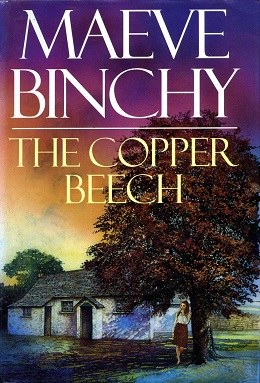
The Copper Beech is a 1992 novel by the Irish author Maeve Binchy. Set in the 1950s and 1960s, the storyline follows the lives of eight characters and those closest to them living in a small Irish town, in chapters with interlocking plot elements. Reviews are positive about this novel with an unusual structure.

Rahime Perestu Sultan, also known as Rahime Perestu Kadın, was the first legal wife of Sultan Abdulmejid I of the Ottoman Empire. She was given the title and position of Valide sultan when Abdul Hamid II, her adopted son, ascended the throne in 1876 making her the last valide sultan of the Ottoman Empire.

Olivia Shakespear was a British novelist, playwright, and patron of the arts. She wrote six books that are described as "marriage problem" novels. Her works sold poorly, sometimes only a few hundred copies. Her last novel, Uncle Hilary, is considered her magnum opus. She wrote two plays in collaboration with Florence Farr.
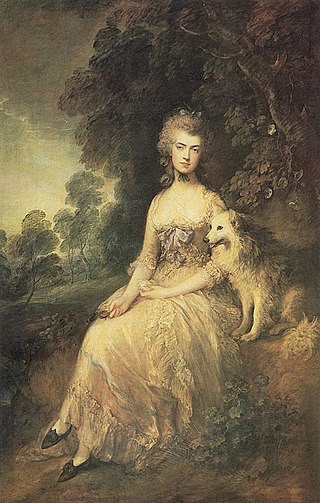
The Natural Daughter with Portraits of the Leadenhead Family is a novel by the English poet, dramatist and novelist Mary Robinson, published in 1799 by T. N. Longman and O. Rees in Paternoster Row in London. The novel was originally published as two volumes; a thousand copies were printed for the first edition of the novel. All the copies sold out quickly, leading to the book's second publication in the same year. This romantic prose narrative is often thought to be Robinson's commentary on the French Revolution and the ideals of the English woman, due to the various characters influenced by France and the members of the revolution who appear in the novel.
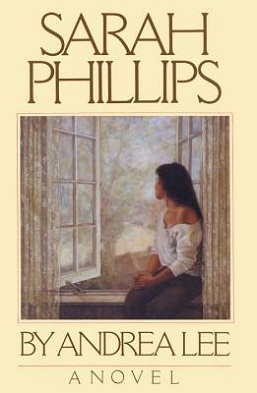
Sarah Phillips is a 1984 novel written by American writer Andrea Lee. The novel takes place in Philadelphia in the period after the civil rights movement, and centers the protagonist, Sarah Phillips, born in 1953, a daughter of a black middle-class family living in the suburbs of Philadelphia. From a first-person narrative point of view, Sarah offers chronological snapshots of her and her family's lives. She illuminates realities of middle-class Black American life, particularly around the time after the Civil Rights Movement via fictionalized stories. A later version of the book begins with a foreword by Valerie Smith. She talks about her experiences teaching this novel in her own class, and how her students did not take a liking to the protagonist, Sarah Phillips. She then contextualizes the novel, which actually began as a set of short stories debuted in The New Yorker, published during a period in which the black middle class rose in numbers. Sarah Phillips, Smith says, is in a lot of ways everything that her predecessors, both in terms of fictional characters like her and real world individuals who identified with her story, could dream of: being black and middle class, achieving success in the eyes of white America.

Leaving Atlanta is the first novel by the American author Tayari Jones. The book was published by Warner Books in 2002. Jones's experiences through the Atlanta child murders of 1979–1981 largely inspired the book. During the time of the murders, Jones attended Oglethorpe Elementary School. The book focuses on the lives and experiences of three fictional fifth graders at Oglethorpe Elementary: Tasha Baxter, Rodney Green, and Octavia Fuller. The book is dedicated to "twenty-nine and more," of the children who were kidnapped and killed before, during, and after the Atlanta Child Murders.




















